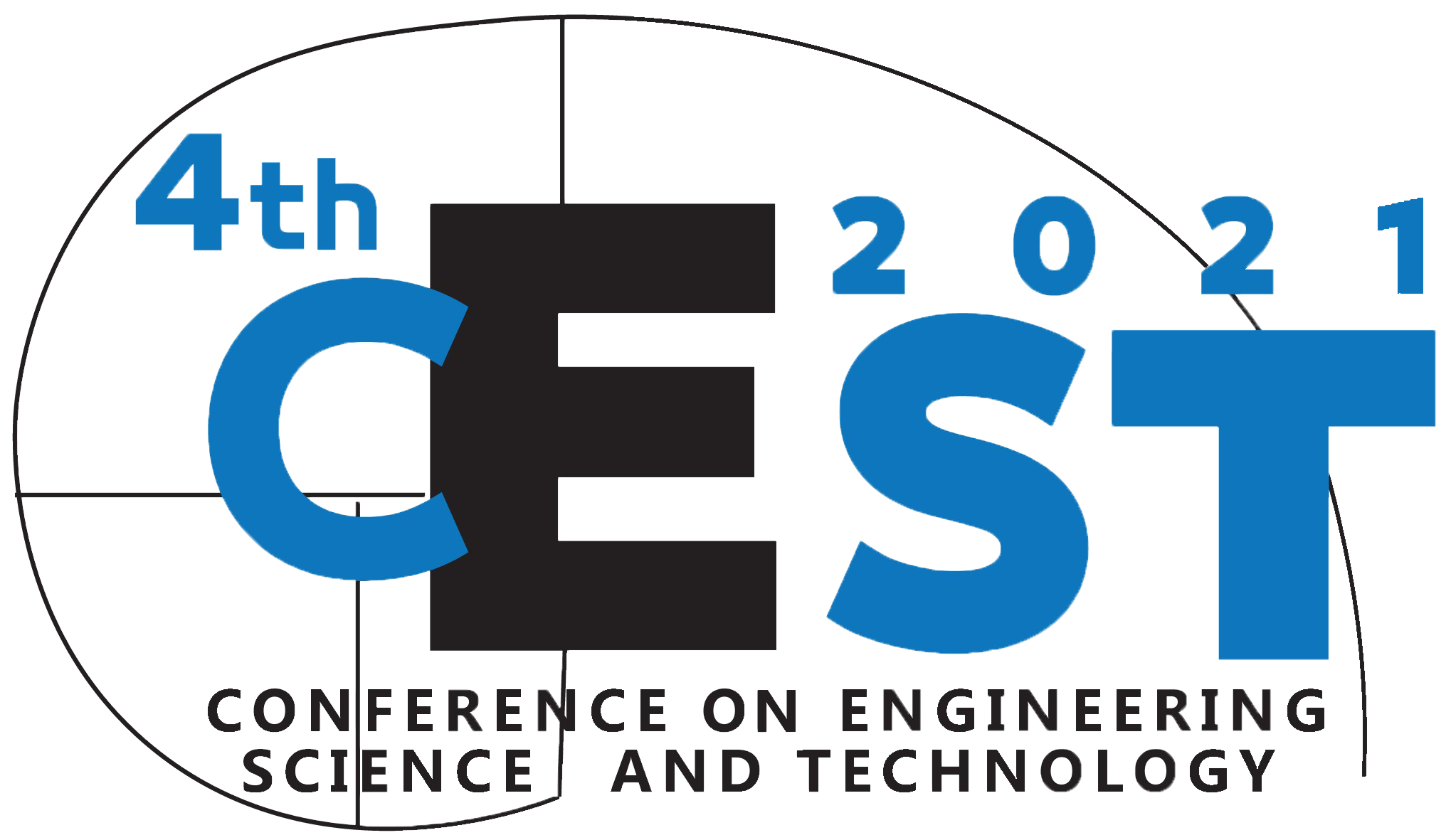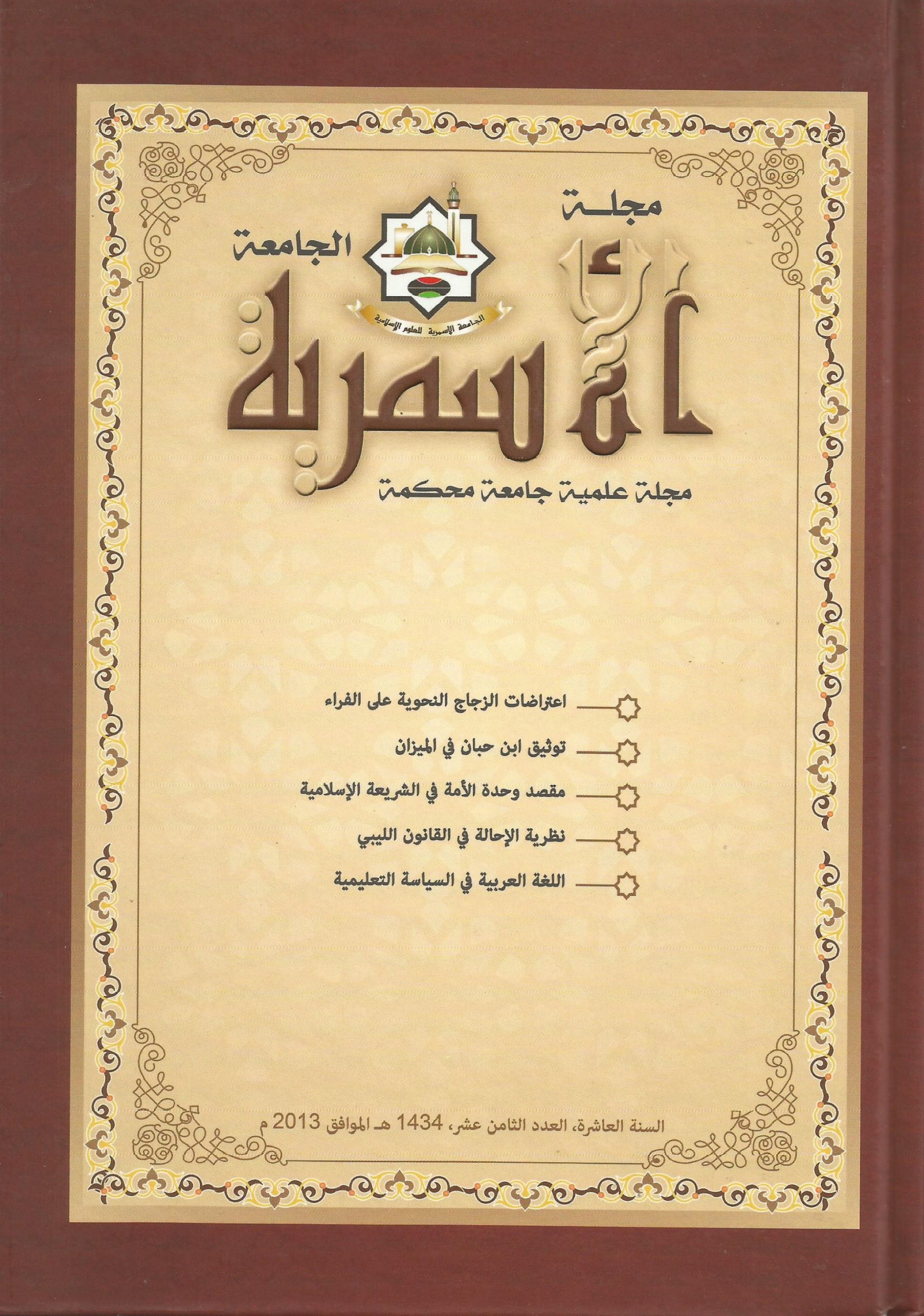Mechanism and Kinetic Studies of Methylene Blue Adsorption on Commercial Polyurethane Foam
Keywords:
Methylene blue, Adsorption isotherms, Polyurethane foam, Kinetic modelsAbstract
Separation of several organic dyes and trace elements from aqueous effluents have a great importance in many areas of research today. Therefore, the main objective of this work was to remove methylene blue (MB) dye from effluents by using cost effective and environmentally method like adsorption. To achieve this work, batch experiments were carried out with an artificial effluent comprising of MB dye in deionised water. The effects of the initial dye concentration, volume, PH value, stability and removal kinetics were studied. An adsorbent dosage of 0.5 g/L was effective in height removal percent of the dye ion, at pH 12.6, and equilibrium time 20-25 minutes. Also, the kinetic process of MB adsorption onto polyurethane foam (PUF) was investigated by applying Lagergen pseudo-first-order and Morris-Weber models to correlate the experimental data and to estimate the kinetic parameters. The adsorption isotherm data were correlated by the Langmuir and Freundlich models. A maximum monolayer adsorption capacity of 0.0929 mg/g was calculated using the Langmuir adsorption isotherm, suggesting a functional group limited adsorption process. The results confirmed that foam are effective sorbent for the removal of dye from effluent
Downloads
References
. V.K. Gupta and Suhas. Application of low-cost adsorbents for dye removal – A review. Journal of Environmental Management. 2009, 90, 2313–2342.
. Mohamad Salleh et at. Cationic and anionic dye adsorption by agricultural solid wastes: A comprehensive review. Desalination. 2011, 280, 1-13.
. Feriel Bouatay et al. Application of modified clays as an adsorbent for the removal of Basic Red 46 and Reactive Yellow 181 from aqueous solution. Desalination and Water Treatment, 2015, 1944-3994.
. S.T. Ong et al. Removal of basic and reactive dyes using ethylenediamine modified rice hull. Bioresour. Technol, 2007, 98, 2792–2799.
. Shivaji Srivastava et al. Toxicological effects of malachite green. Aquatic Toxicology, 2004, 66, 319–329.
. Amina A. Attia et al. Removal of methylene blue by carbons derived from peach stones by H_3 PO_4 activation: batch and column studies. Dyes Pigments, 2008, 76, 282–289.
. Pavel Janoš and Veronika Šmídová. Effects of surfactants on the adsorptive removal of basic dyes from water using an organomineral sorbent—iron humate. Journal of Colloid and Interface Science, 2005, 291, 19–27.
. Mohammad I. El-Khaiary. Kinetics and mechanism of adsorption of methylene blue from aqueous solution by nitric-acid treated water-hyacinth. Journal of Hazardous Materials. 2007, 147, 28–36.
. Rajeev Jaina et al. Removal of the hazardous dye rhodamine B through photocatalytic and adsorption treatments. Journal of Environmental Management, 2007, 85, 956–964.
. SYED M. HASANY et al. Adsorption Isotherms and Thermodynamic Profile of Co(II)—SCN Complex Uptake on Polyurethane Foam. Separation Science and Technology, 2006.
. By H. J. M. Bowen. Absorption by Polyurethane Foams; New Method of Separation. https://pubs.rsc.org/en/journals/journal/j1?type=archive&issnprint=0022-4944, 1970, 182-185.
. V.A. Lemos et al. Application of polyurethane foam as a sorbent for trace metal pre-concentration — A review. Spectrochimi. Acta, 2007, 62:4-12.
. Nabil R. Bader. Schiff’s bases complexation and solid phase extraction for improved trace element analysis. Ph D Thesis in Fachbereich Chemie, Universität Duisburg-Essen, 2009.
. Tolera Seda Badessa et al. Bio-sorption for efective removal of chromium(VI) from wastewater using Moringa stenopetala seed powder (MSSP) and banana peel powder (BPP). BMC Chemistry, 2020, P.3-4.
. Abdelsalam Asweisi and Fadwa M. El-sharief. Separation of Some Metal Ions Using β-Naphthol Modified Polyurethane Foam. Asian Journal of Nanoscience and Materials, 2019, 2(2), 149-158.
Downloads
Published
Conference Proceedings Volume
Section
License
Copyright (c) 2021 عبد السلام السويسي، خليفة الغرياني

This work is licensed under a Creative Commons Attribution 4.0 International License.





